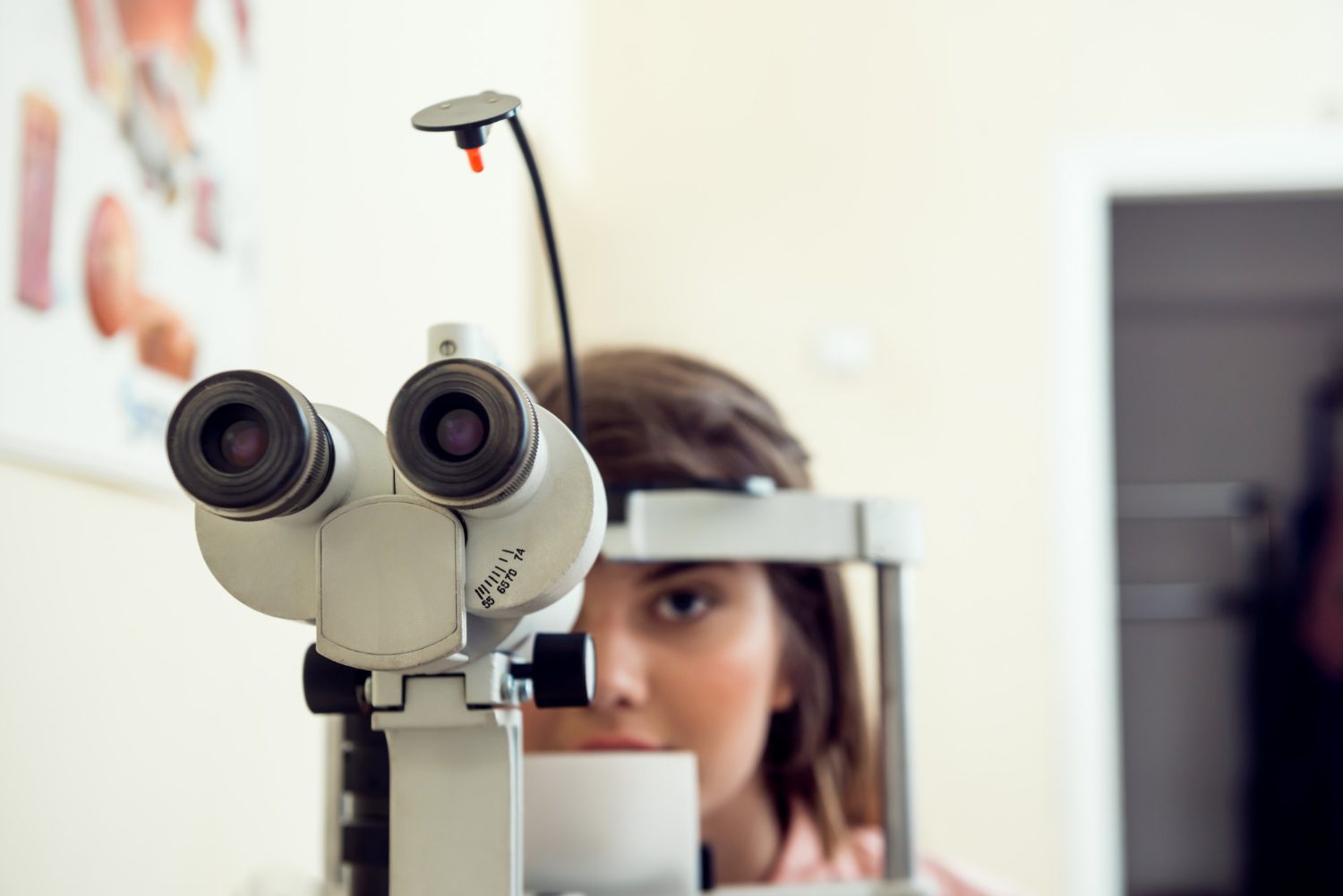Myopia/nearsightedness – ailment characterized by visual-impairment; most often such defect is diagnosed in adolescence. People suffering from this disease perfectly see all objects near them, but with great intractability perceive distant things. To date, cases of detection of such a disease have become frequent.
- High-myopia. It’s quite infrequently-met and is hereditary. A visual sign of it is overly bulging eyeballs or overly steep corneas. This disease can progress up to 30 years, gradually worsening in its symptoms. In the early stages, it may be rectified with lenses or glasses, and in later stages it is necessary to resort to refractive surgery. It may provoke retinal detachment and glaucoma, and in most severe conditions, blindness.
- Degenerative-myopia: it develops from childhood. It’s dangerous because, without timely surgical intervention, it may lead to irreversible and full vision-loss.
Causes of myopia
Causes of myopia may be the presence of the disease in a family history. To date, it is believed that myopia is hereditary in nature, however, it develops only under certain conditions. Myopia manifests itself in childhood, but it may disappear or progress. Such conditions can be the patient’s lifestyle, in particular, the constant strain on the eyes when working with a computer, driving or reading.
Symptoms of myopia
Most common symptomatology is:
- blurring of distant things, with clarity of close ones;
- headaches when focusing on distant objects;
- feeling of intense tension in the eyes;
- eyes get tired during driving, playing sports and prolonged eye contact with distant objects.
Symptomatology of nearsightedness for kids may also be:
- deterioration in school-performance due to insufficient ability to visually perceive information;
- poor concentration;
- the difficulty of reviewing the material from the back desks.
Diagnostics of myopia
A complete examination in childhood and proper follow-up during later life helps to identify ailment.
Myopia treatment
Often, nearsightedness is fairly easy to rectify or alleviate with glasses or contact-lenses. In serious and complex symptomatic cases, doctors recommend resorting to surgical interventions.
- Photorefractive keratectomy. Doctors use a laser to correct and model the middle layer of the cornea. This operation helps to smooth the curved part of the cornea: it gives access for light rays to be focused closer to or directly on the retina-field.
- LASIK. A thin piece is cut into cornea using a laser or other ultra-precise instrument. Further, it undergoes modification and returns to its original place.
- EVO Collamer Lens (ICL). A contact lens is implanted into the eye, placed between the lens and the iris. With its help, the rays of light are refracted on the retina, which provides a clearer and more accurate perception of the image.
So that myopia doesn’t take away a full-fledged world-vision and provokes blindness, it’s mandatory to undergo an annual examination by an ophthalmologist.


